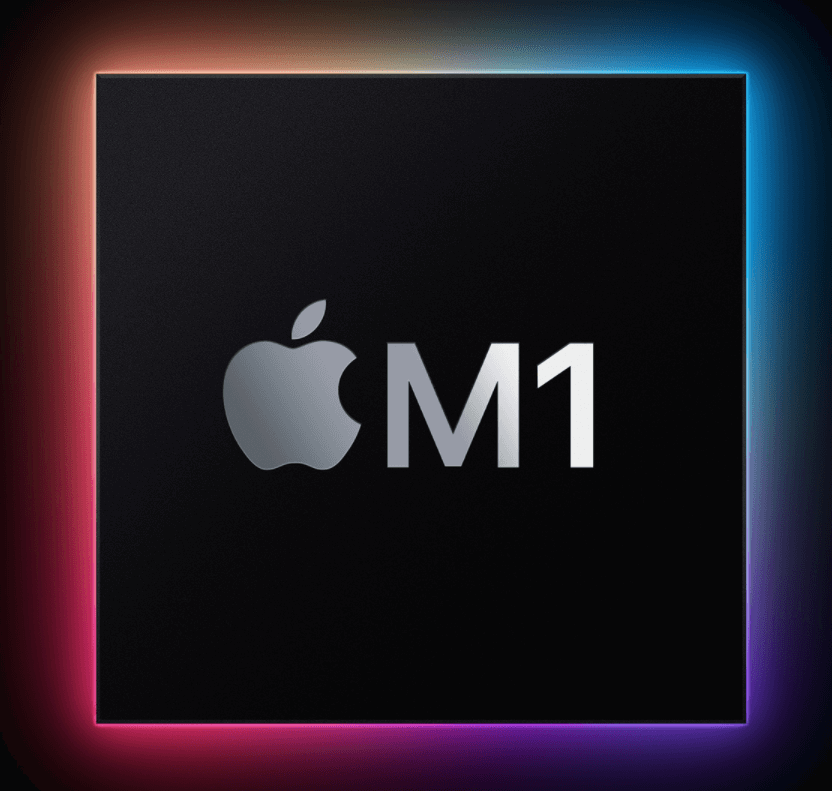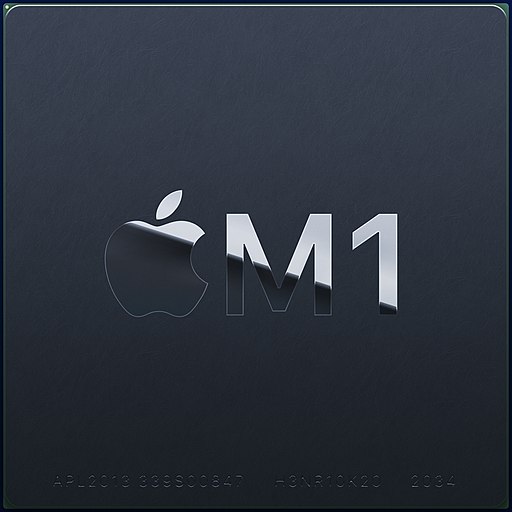Since the computers have made its way to the masses, intel has been the leading and only brand in its category for providing the brains for these machines. Its dominance was unparalleled and unmatchable. It crushed the sales figure. Breaking its own sales record year after a year. The introduction of multi-core and hyper-threading changed the game for intel. Later some other brands came along and tried to catch up, still to date, that effort is being made by various other brands. To name a few, AMD, QUALCOMM, and different other brands have come up with some fantastic processors.
The fundamental problem with intel being only the option for the processor was the monopoly of the exclusive brand in the segment. It was observed that nearly all the personal computers of any nature used an intel processor as the device’s brains. After AMD, the next tech giant that came up with breaking this monopoly is Apple. Relatively new to the computing processors, it is quite a risk. Since Apple’s iPad launched in 2020, use some powerful chips. It crushed many benchmarks and even left intel powered MacBook behind. This shows some serious potential that the Apple chips have. In November of 2020, Apple finally launched the M1 chip. It’s a direct competitor to intel’s, and some extinct the AMD processors. Let’s have an in-depth look at what this new chip packs within.

Launch demographics and debut product
The self-explanatory products that were to receive the new M1 chip were the Macs, and so did it happen. So in this regard on November 11, 2020, Apple in its exclusive event, announced the new MacBook. If it rings some bells and leaves you thinking that about 08 months ago the new MacBook for 2020 was launched, you don’t need to worry as these MacBook would be powered by Apple silicon-based M1 chips. Replacing the intel multicore and hyperthreaded processors, the M1 chip has a lot to prove.
To put the event and launch into perspective Apple had a two route strategy to choose from. Either go with a massive efficiency jump over the existing MacBook’s or aim for drastic performance gains over MacBook’s intel powered MacBook. These two possible approaches might help Apple make its place in the processor market and compete for intel. So the very obvious and easy thing that Apple could have done was to have some efficiency gains. As being physically the same device with identical dimensions and the same battery capacity, the MacBook 2020, could have had some severe and notable battery gains. Having the same body size and running on a new M1 chip might have saved a lot of battery life and hence we would have some criteria to judge the new chip by Apple.
The other approach, keeping the size of deice same and the battery capacity constant as before, was to have some noteworthy performance boost. Apple might have gone for developing such a chip that crushes the ongoing intel chips by a considerable margin. That would again be a huge selling point for such devices running on an M1 chip by Apple. Well, the users were curious about which route Apple might opt for the launch and marketing of this new Apple M1 chip. Still, it was undeniable that getting both efficiency and performance gains were a bit more to ask for.

To our surprise, Apple did both. They unveiled the very first Apple chip for Macs with the designation of M1, and the letter M still being a mystery and we had no clue as to why or for what purpose it was chosen. A wild guess is that the letter M could have stood for the Mac. But no official statement regarding this has been released by Apple. As of now, there exists no actual m1 chip powered Mac, so we will be only able to discuss the critical aspects based on claims made by Apple. So all we can go by is what was delivered by Apple at the event. They usually pretty go by what they say, but still, the final verdict could be authentic after using a real device for a reasonable amount of time.
Technical Specifications
The M1 chip by Apple, is a 5-nanometer chip, with 8 total cores 4 high-performance cores, and 4 high-efficiency cores. It’s a very similar approach to what has been seen on the new iPhones and iPads powered by the A-series chips. But it’s not just the CPU, it’s the bunch of things put together on a chip, which we generally regard as the system on a chip. Suppose we observe this is not a new approach. In that case, AMD does something very similar where they integrate graphic processor into their G series processors. They perform very well even without graphic cards and produce some amazing gaming power at constant and decent frame rates.
Alongside the 8 core CPU, we also have an 8 core GPU, a 16 core neural engine, and to our surprise, the RAM is also built-in. that’s something we have not witnessed in the past. SO it’s a very tightly integrated SOC, where all the components talk to each other as quickly and as efficiently as possible, and where the controllers and the processes between them are built within. With this being said we can right away notice the benefits and drawbacks of this setup. The drawback just being is that the RAM is built-in which leaves no room for further up-gradation and leaves the user with less control and more control in terms of revenue is left at Apple’s discretion. We don’t have any user-upgradable RAM in a Mac powered by the new M1 Apple chip in a nutshell. Well, the upside to this setup is that we don’t have separate modules of CPU, GPU, RAM, and graphic cards. We have just one very neatly integrated chip that does it all seamlessly.
Debut Product (Platform)
Apple launched its MacBook Air, line up about 07 months ago, which were powered by Intel chips. The platform for the M1 chip was also chosen to be the MacBook Air. So in this manner, we got 2 lineups of MacBook Air this year by apple provided Apple ships these new ones by the end of this year. So technically speaking there isn’t a single physical difference to the device in appearance or port selection at all. It’s the same MacBook Air from the exterior, thought the interior has been renovated entirely.

With the M1 chip, the RAM module is gone, the graphic module is gone so does the AU unit. The battery size is claimed to be the same as well. The claims made by the new MacBook Air are not doubted huge. The application launch time is faster. The animations are buttery smooth. Instant wake up from sleep, a very neat feature we must add. Approximately 3.5 times faster CPU speeds, 5 times faster graphic performance, the storage as well is up to twice as fast all due to a better-integrated controller. It can game well. It can edit multiple streams of 4k video and nearly aces at anything thrown at it without compromising the performance. Hearing all this we are pretty certain that Apple has taken the performance route, but to our surprise, the battery figures shook us. Apple claims that the MacBook air powered by an M1 chip will last for about 15 hours on wireless web browsing and 18 hours of video playback, those are some amazing and jaw-dropping numbers. So basically as we said that Apple did both, they improved the performance by a huge margin and added a load of battery power to this MacBook Air all thanks to its developed silicon chip M1.
Starting at about $999, the new MacBook Air powered by an M1 chip is a remarkable upgrade. We are seriously concerned about Apple’s business model by launching the same variant 7 months apart with such improved stats is a bit of a tough side on the existing users. Moreover, by integrating RAM within the chip, Apple has more control over your purchases as the users can not upgrade the RAM later, leaving them only choice to upgrade at the time of purchase. We think these aside, Apple has done a great job and came up with a chip that can give intel some serious competition soon. We recommend the new MacBook Air running on an M1 chip for a student and a content producer. It is priced smartly and serves the basic need as well as some performance demanding tasks. It has a great battery life and can last a full day with ease.
loading...
loading...
